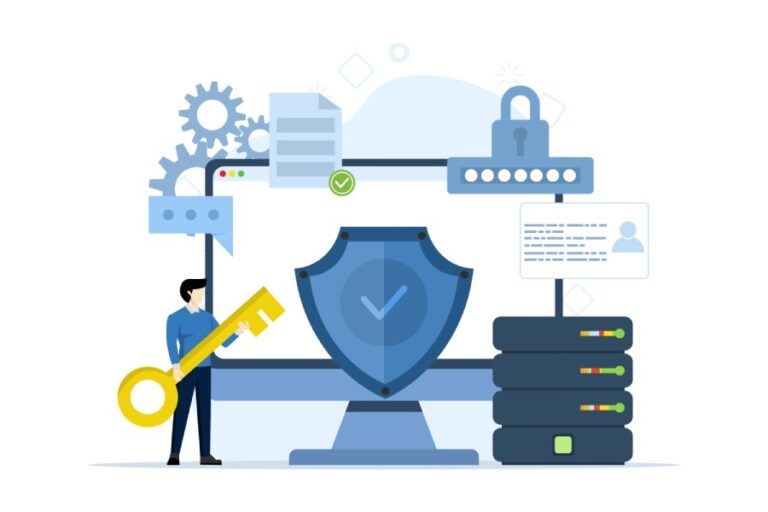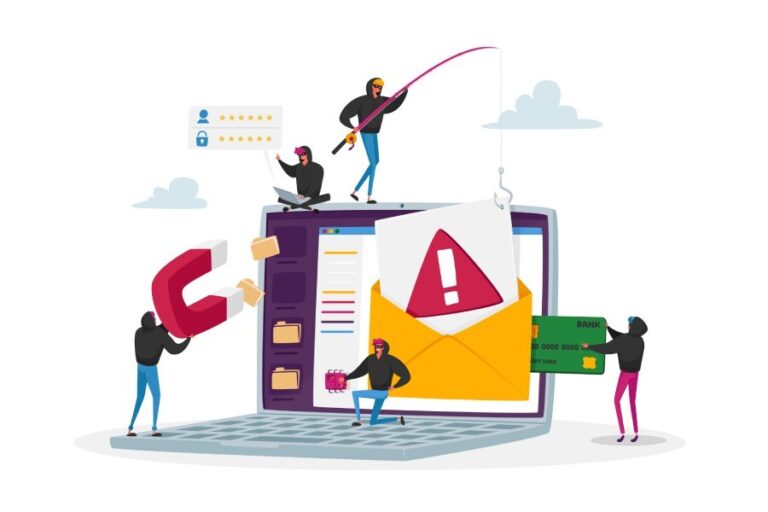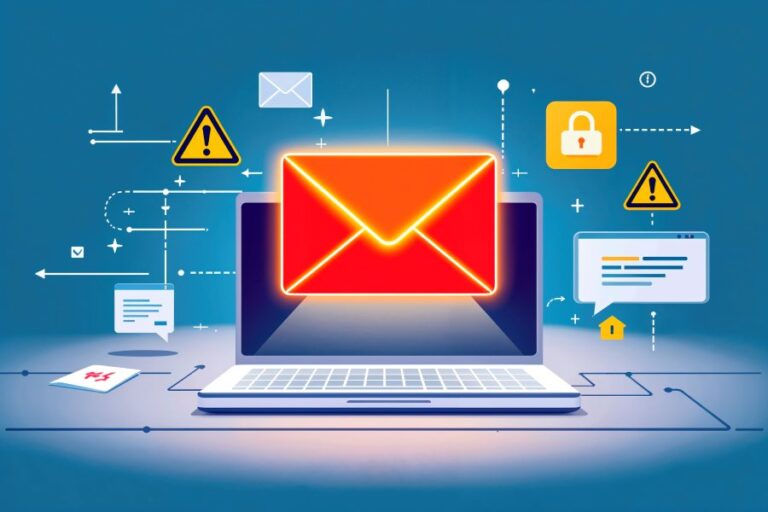Google Security Alerts: How to Protect Your Account from Phishing
In today’s digital age, protecting your online accounts, especially your Google account, has never been more crucial. With phishing scams becoming increasingly sophisticated, recognizing when your account might be under threat can be the difference between safeguarding your personal information and falling victim to cybercriminals. You might think that these alerts are just another hassle,…










